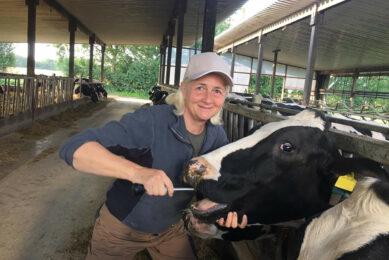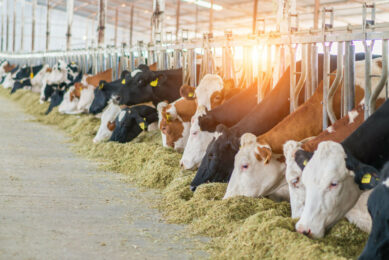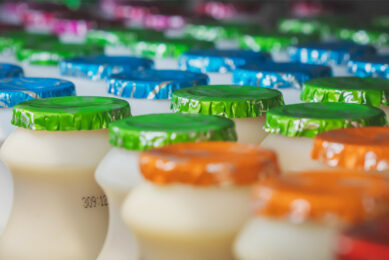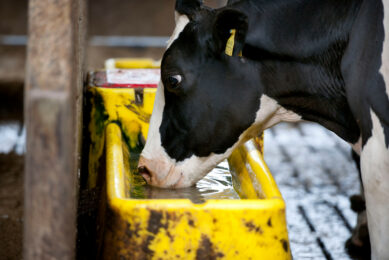6 management factors to consider in dairy herd fertility
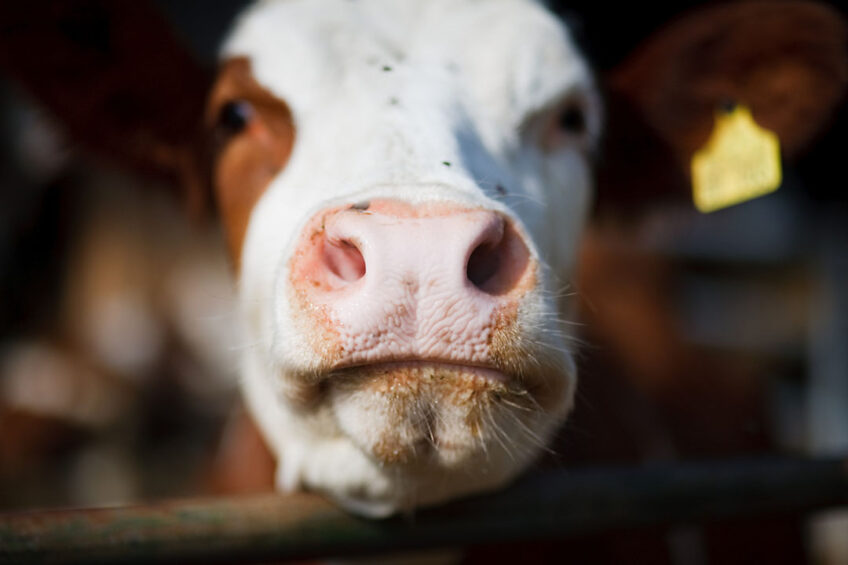
Fertility is a complex trait that is difficult to genetically improve because of low heritability. It can, however, be improved through other ways such as control of climatic conditions, adequate nutrition, and proper management practices.
The following is a review of these practices which affect fertility and hence affect the financial sustainability of dairy herds.
 Thermal stress
Thermal stress
Heat stress
During heat stress, there is a reduction in blood flow to the uterus and increased blood flow to the surface. As a result of the decreased blood flow to the uterus, the uterus becomes ‘hot’ and the embryo will suffer high temperatures. There is also a reduction in the supply of energy substrates such as glucose and VFA’s (volatile fatty acids) to the uterus so that insufficient nutrition will be available to the foetus to sustain its development.

Heat Stress Special: heat stress challenges compromise an animal’s productive responses. Nobody has a magic wand to change the weather, but in this special edition, solutions are explained.
Cold stress
Cold stress, on the other hand, may not detrimentally affect fertility or foetal condition. If, however, too much reliance is placed on using body energy reserves where the feeding level is insufficient or protein is deficient, complications such as the weak calf syndrome may arise. With sever reduction in body condition, cows may have reduced lactation potential and may experience delays in rebreeding.
The thermal effects can be mitigated through modification of the microclimate of animals. The provision of shades, fans, sprinklers, and cold water in summer and windbreaks with adequate litter materials in winter can be of great help. Other management practices, including nutrition and health care, should also be considered.
 Nutrition
Nutrition
Oestrus cycle
Experiments have shown that the heifers that are adequately fed show earlier oestrus cycle than the others with poor nutrition. The differences between the 2 groups in the incidence of oestrus cycles were found to be 128 days in the Friesian, 65 days in Jersey, and 100 days in the Ayrshire cows.
Sexual maturity
Other experiments showed that the level of nutrition also affects the age of sexual maturity of the females. In these experiments, one group of heifers was fed a poor diet and reached puberty at 710.7 days of age, while another group was fed an adequate diet with proper protein-energy balance and reached puberty at 440.1 days.
Podcast: Animal Protein – 4th episode of the FeedChat podcast series. Marieke Ploegmakers, editor of All About Feed, and Grego Bekke Director of Trouw Nutrition Feed Additives discuss trends that will dominate 2020.
Phosphorus deficiency
The level of mineral salts in the diet also affects the fertility of female animals. Phosphorus deficiency, for example, leads to delayed oestrus due to the low secretion of oestrogen, and may also lead to dystocia which sometimes results in the death of the dam or the foetus.
Effect on male animals
Nutrition has a clear effect on the fertility of male animals as well. A low plane of nutrition suppresses the production of gonadotropins by the pituitary gland and the secondary sex hormones so that atrophy of the prostate and seminal vesicles occur thereby affecting semen quality in terms of fluid volume and concentration.
Vitamins also play an important role in the fertility of male animals. For example, Vitamin A deficiency lowers the spermatozoa concentration, semen storage capacity and also delayed sexual maturity and suppressed spermatogenesis in young bulls.. Vitamin E deficiency, on the other hand, increases the number of mountings needed for conception due to a reduced rate of cellular metabolism, degeneration of the germinal epithelium and testicular degeneration which, may lead to reduced spermatogenesis with a resulting poor semen output and quality.
 Photoperiod
Photoperiod
The increased photoperiod affects the reproductive performance of the animal. The mating period and the number of inseminations needed for fertilisation decrease due to the improvement in the general health of the animal which results from the increased levels of calcium, phosphorus, vitamin A and vitamin D in the blood, as well as increasing the proportion of protein, hemoglobin, and red blood cells. These benefits may not be achieved only by prolonging the photoperiod, but the intensity of light should also be taken into account. It was found that increasing the intensity of light above 150 lux may adversely affect the immune response and infection of the animal with diseases such as mastitis and metritis may then occur.

 Floor-type
Floor-type
A study conducted at the University of Hohenheim in Germany, found that covering the floors of the barns with sheets of soft rubber that mimics the soil of the pastures helps to achieve a number of advantages including increasing the efficiency of oestrus detection by increasing the mounting rates, while in the case of hard floors these rates are lower due to the fear of slipping.
 Noise
Noise
Noise may be generated by several means such as the electric generators, pumps, and/or other machines used in the farm. Chronic noise stress (100 dB or above) also affects the male sex hormone and produces changes in the reproductive organs and glands. Noise stress provokes an increase in serum corticosteroid, which causes up to an 80% decline in testosterone concentration. Low testosterone production adversely affects the quality of ejaculates and subsequent fertility. The decrease in testosterone levels is also associated with a marked reduction in epididymis sperm numbers. Moreover, the epididymis sperms are agglutinated upon exposure to noise and the number of dead sperm also increases. Such changes are in most cases irreversible and noise-induced infertility may thus last for the entire reproductive cycle of the male animals.
Also read: Back in 2017 – Tips on reducing noise levels
The effects of noise on the reproductive functions of females have not yet been established, but a great deal of work has been done in this area on laboratory animals. The ovaries and the uterus diminished significantly in female rats after a noise exposure of 110 dB for 5 minutes 15 times per day for 11 days at 375-500 Hz. Remaining oestrus occurs after noise exposure as well. An increase in abortion frequency and reduction of foetus weight have been also registered. Much of the noise effects can be alleviated by the installation of resonators or exterior application of sound barriers. Also, consultation with a qualified acoustical engineer can lead to specific solutions for most noise problems.
 High altitude
High altitude
Fertility is affected in male animals, especially in cattle and to a lesser extent in sheep, after transporting them to high altitudes and after living there over a few months. The testicles become atrophied and the germinal epithelium is replaced by connective tissues. These changed produce infertility which usually disappears in several months if the animals are brought down to sea level. Female fertility, on the other hand, is not affected and animals show normal oestrus cycles and have normal lambing/calving percentages.
References are available from the author upon request.
Join 13,000+ subscribers
Subscribe to our newsletter to stay updated about all the need-to-know content in the dairy sector, two times a week.



